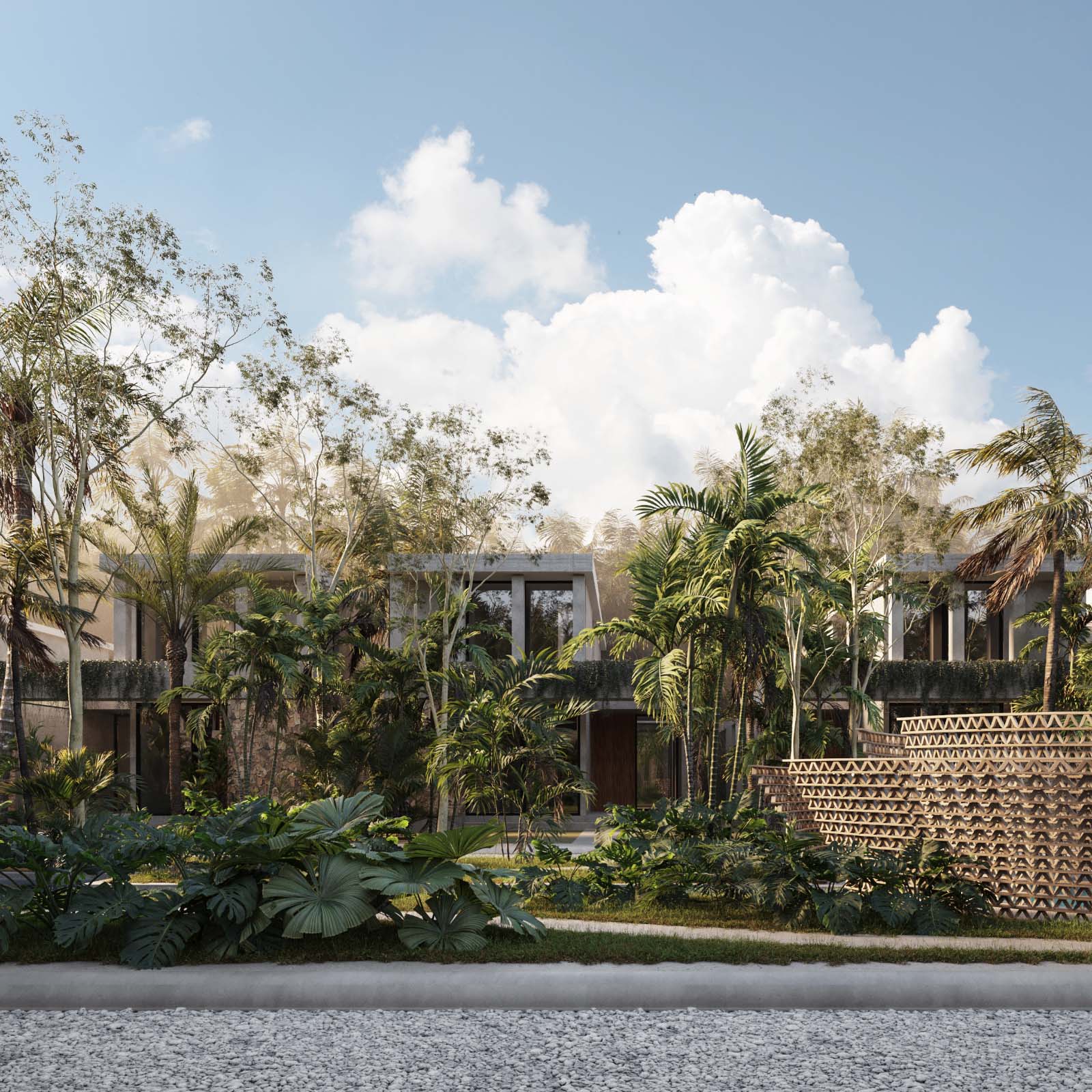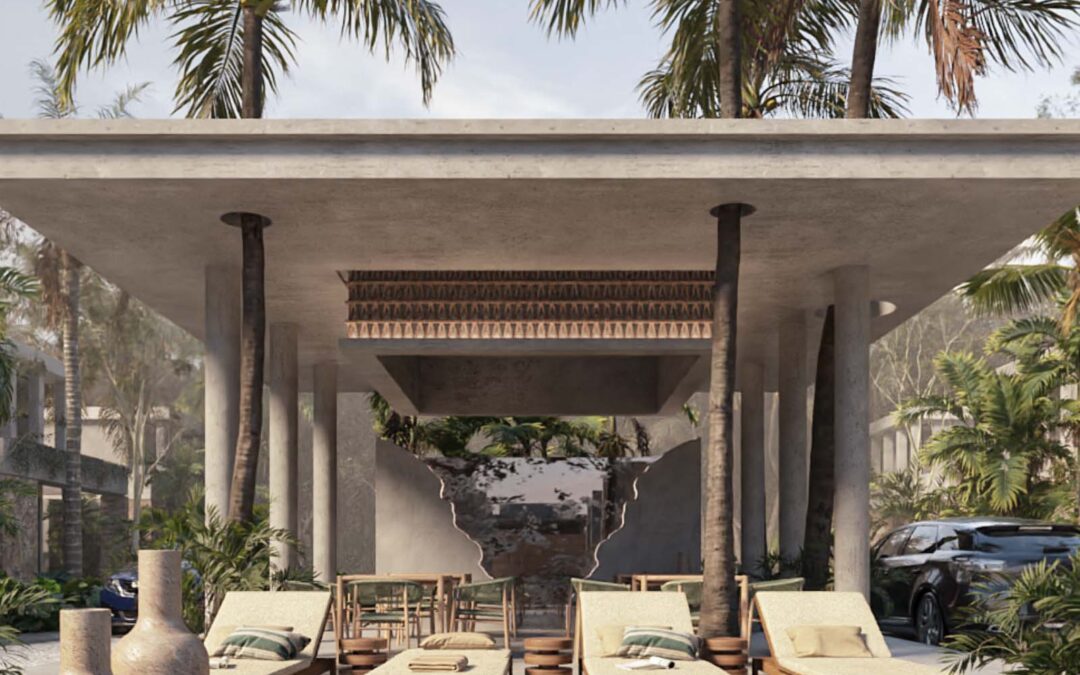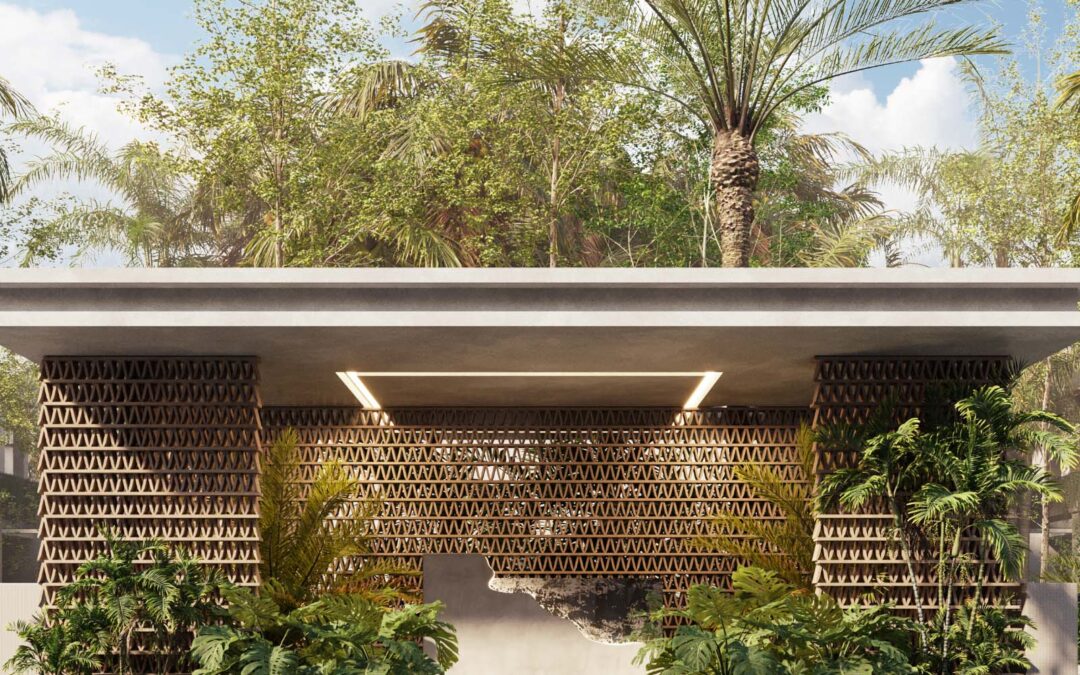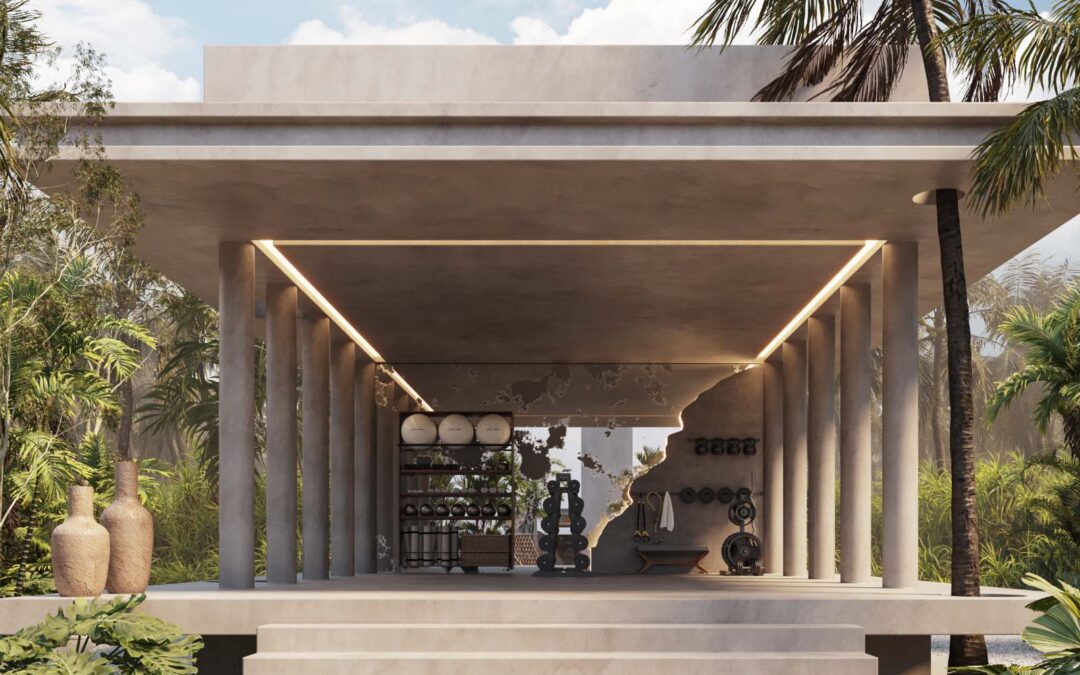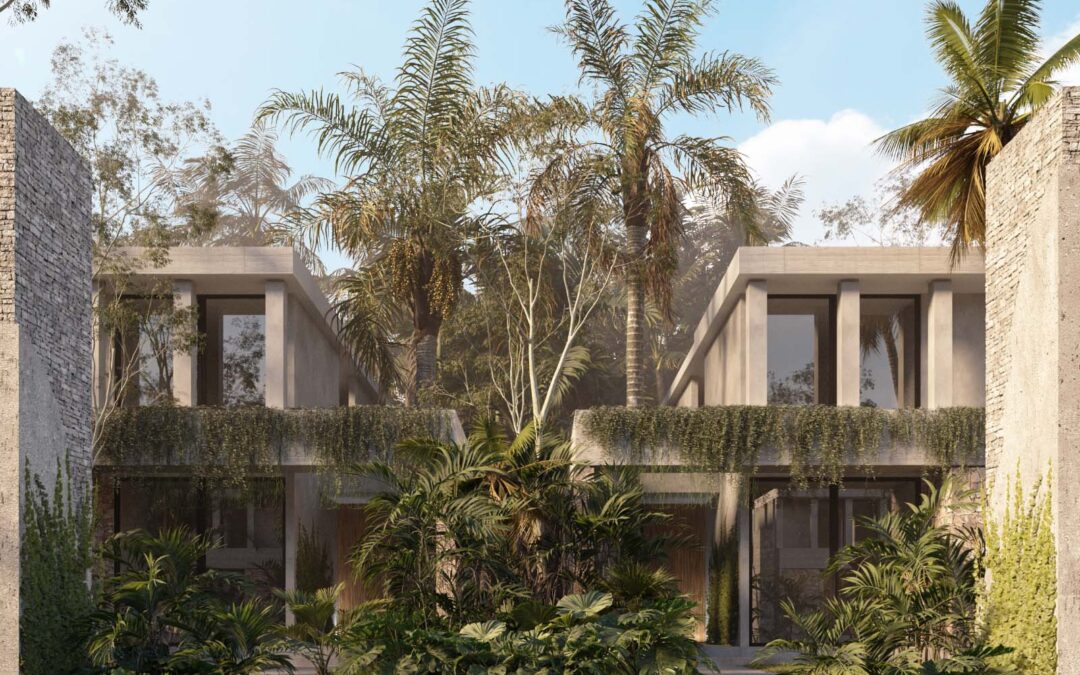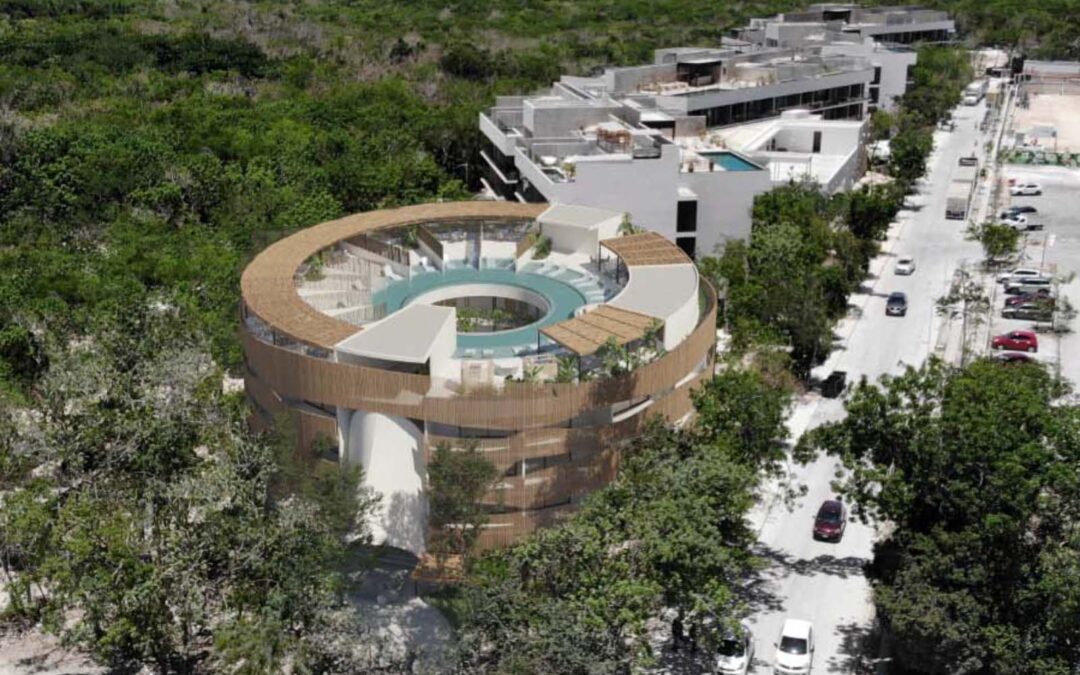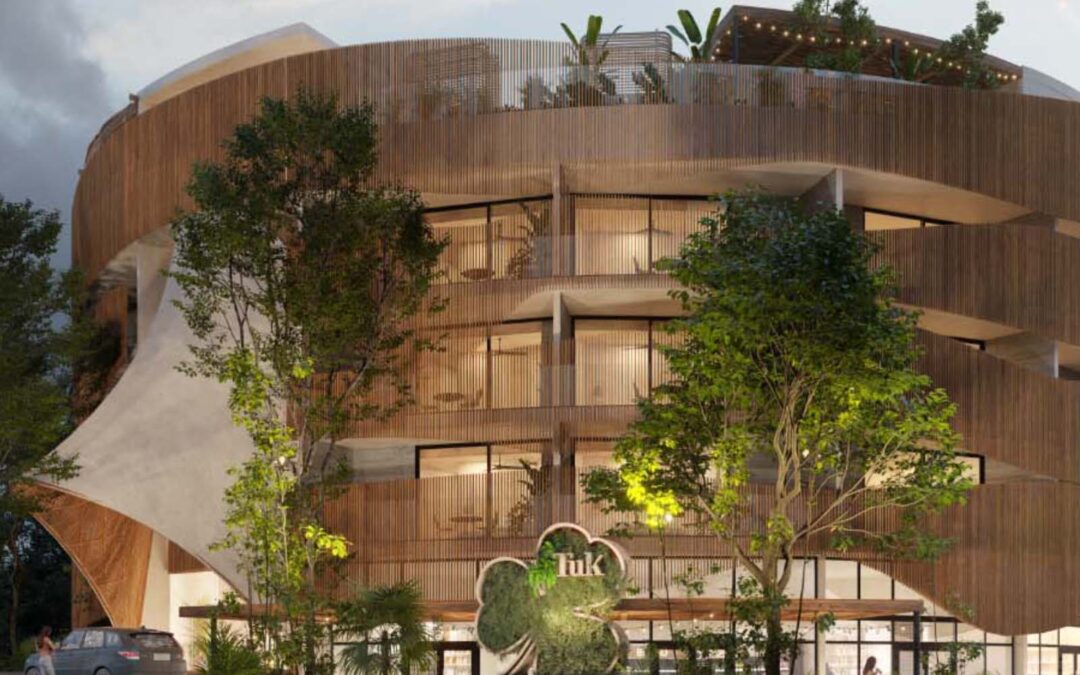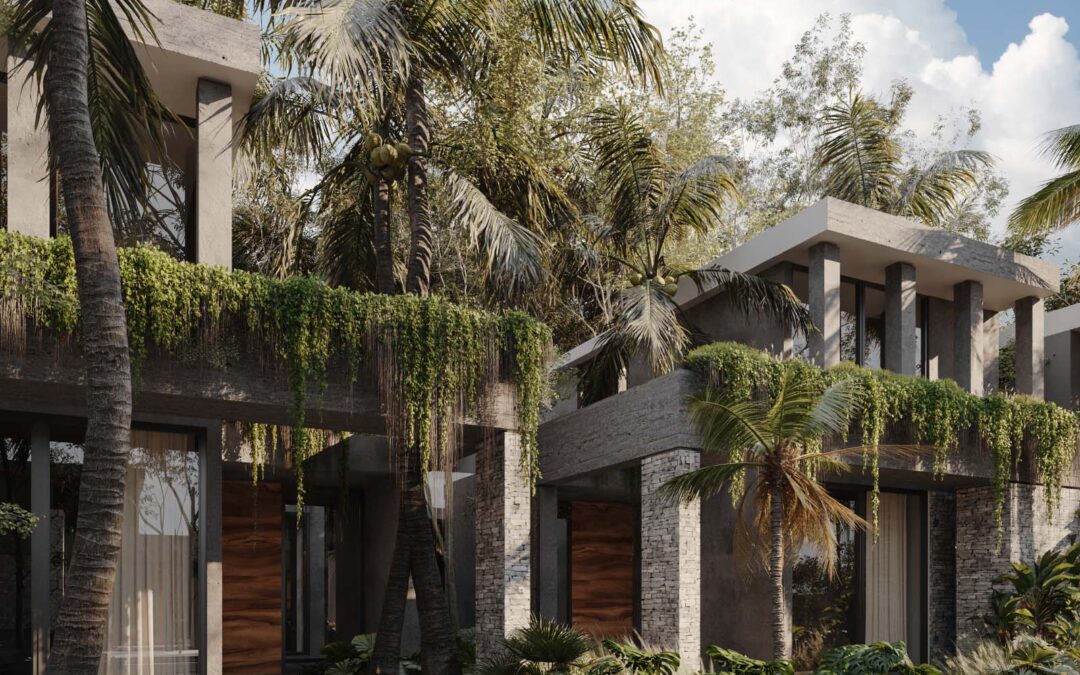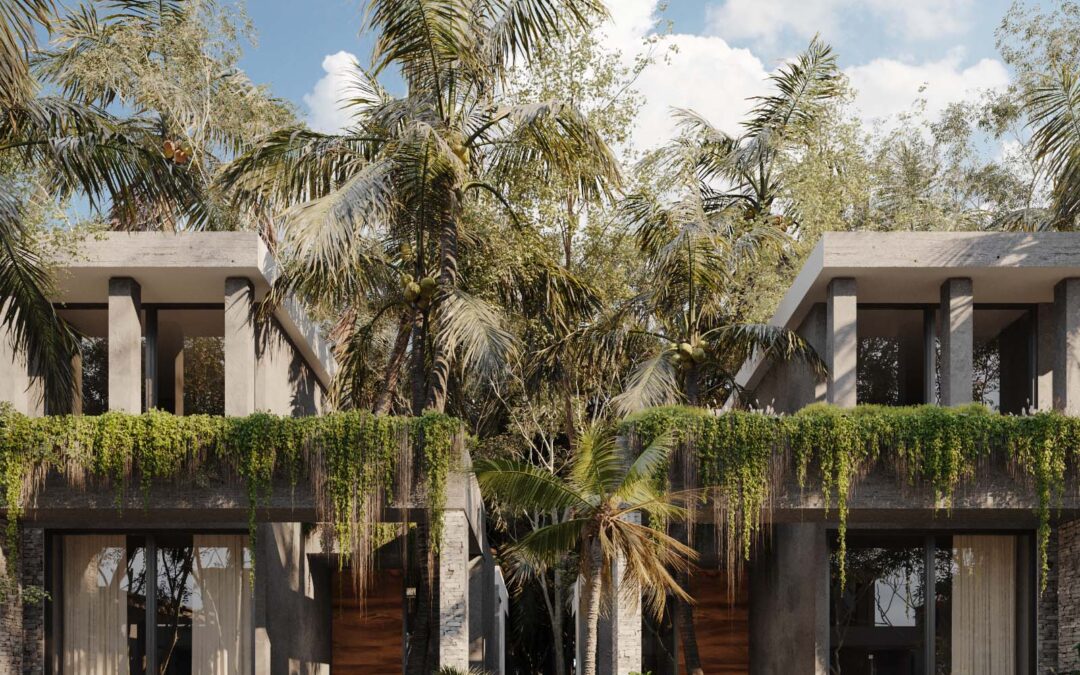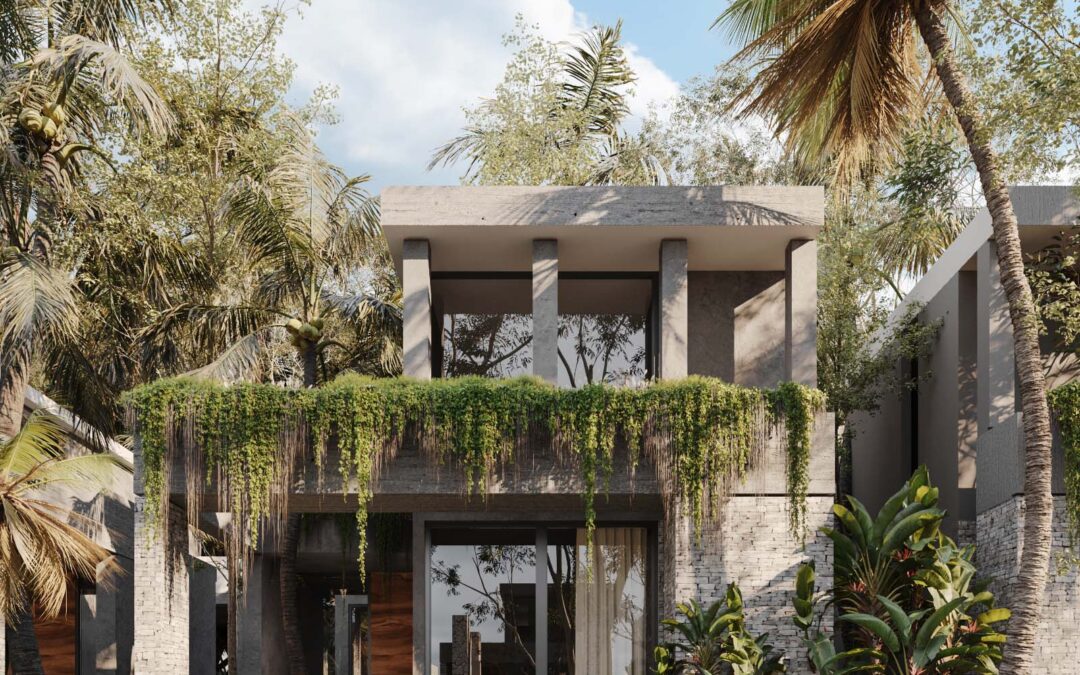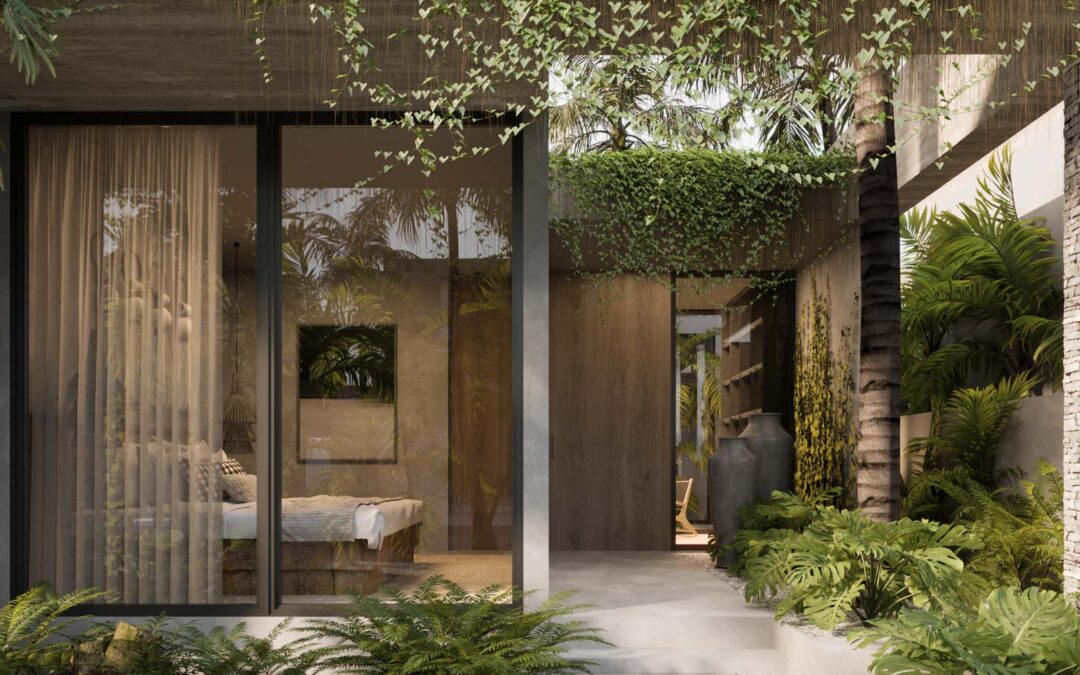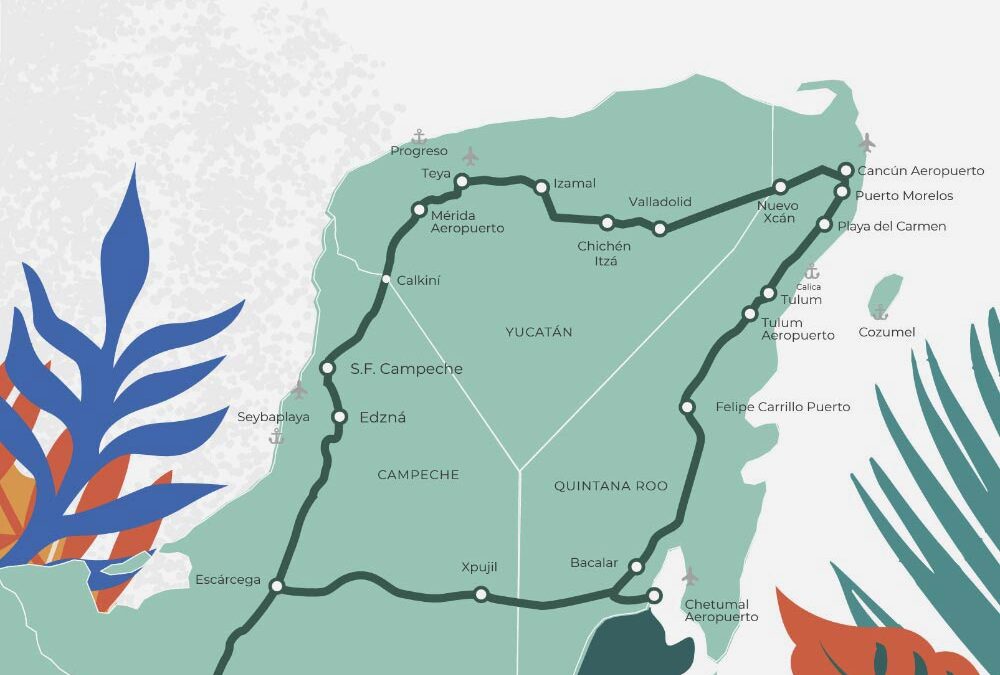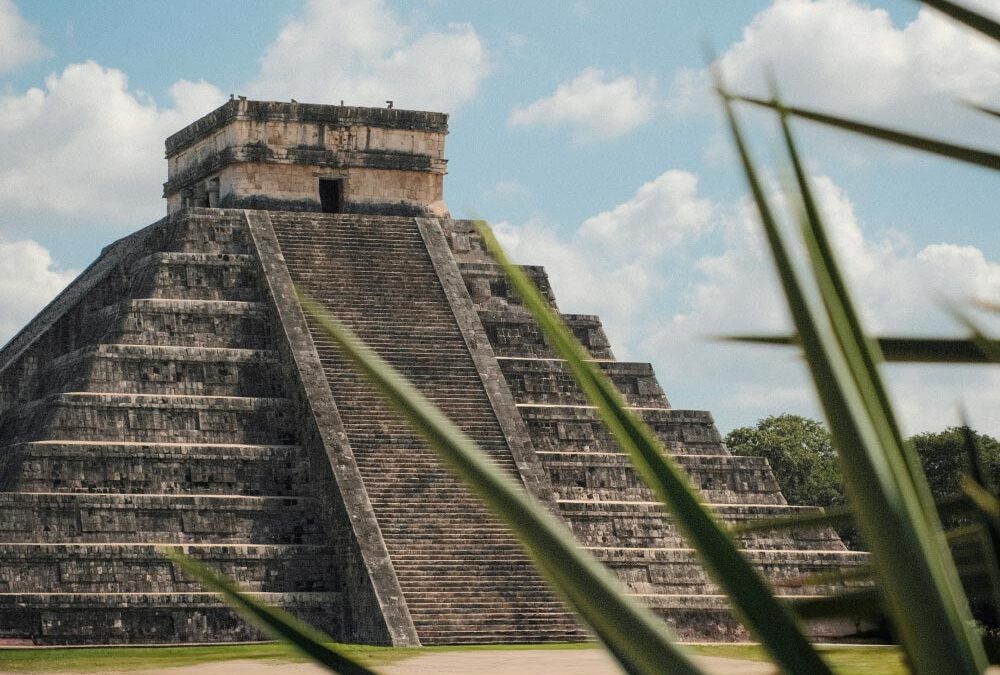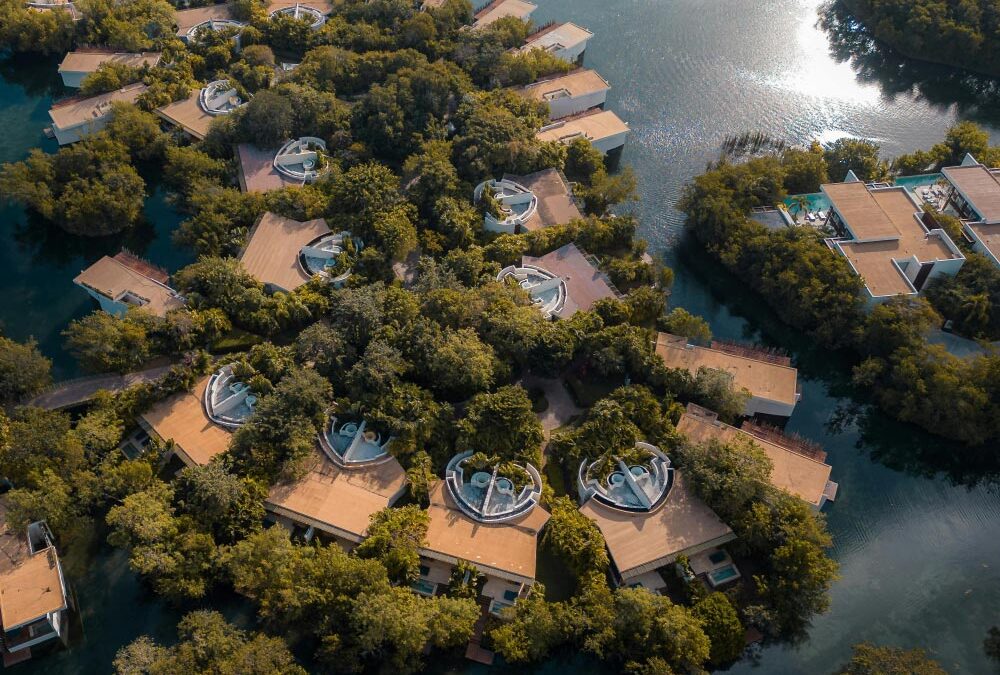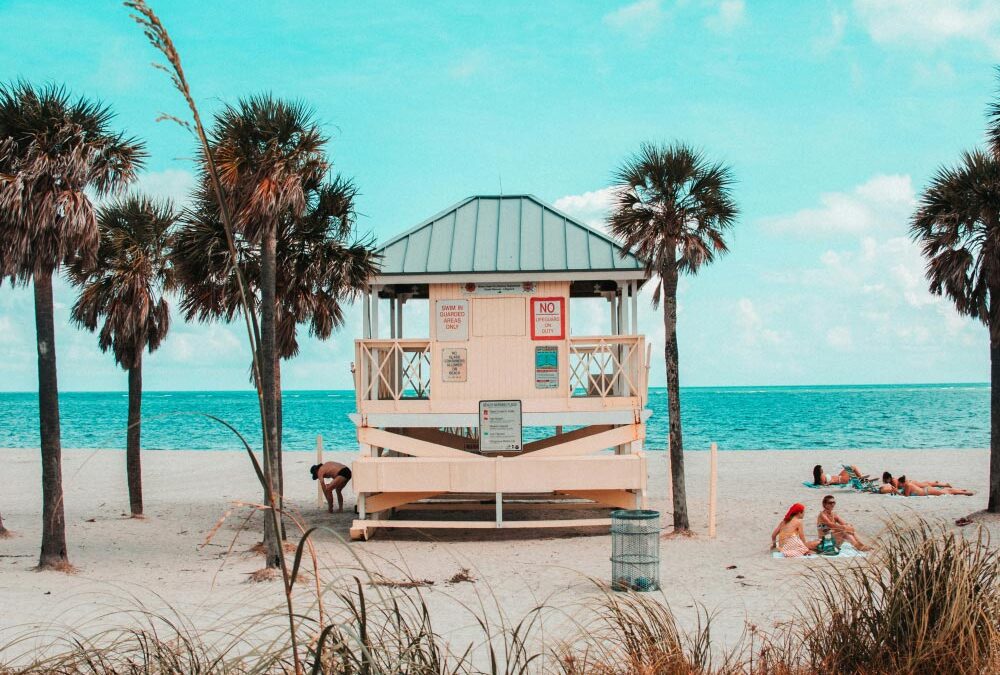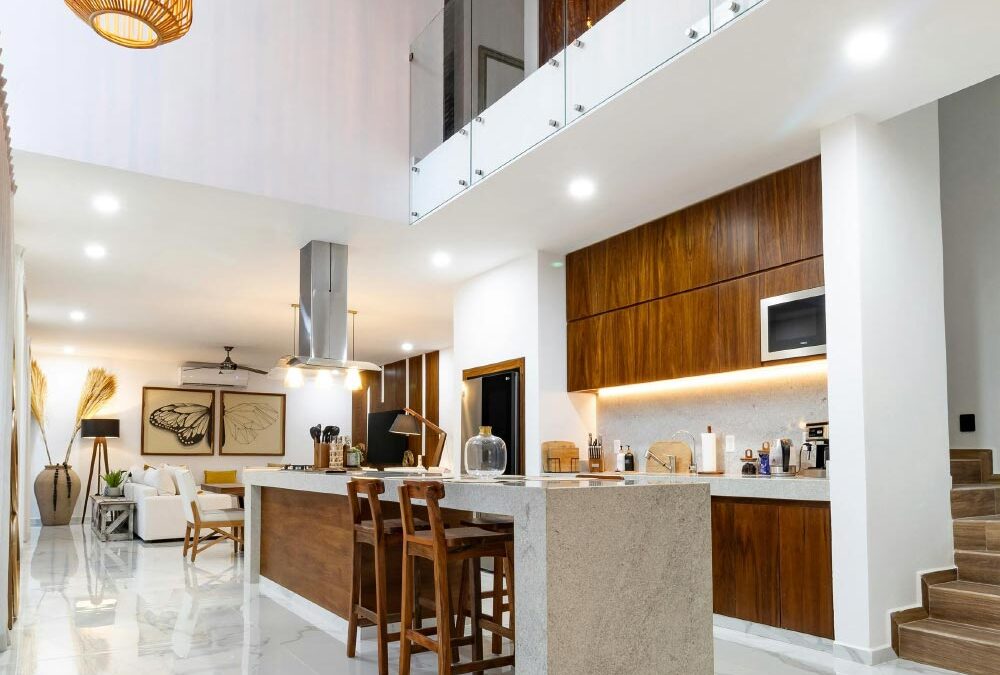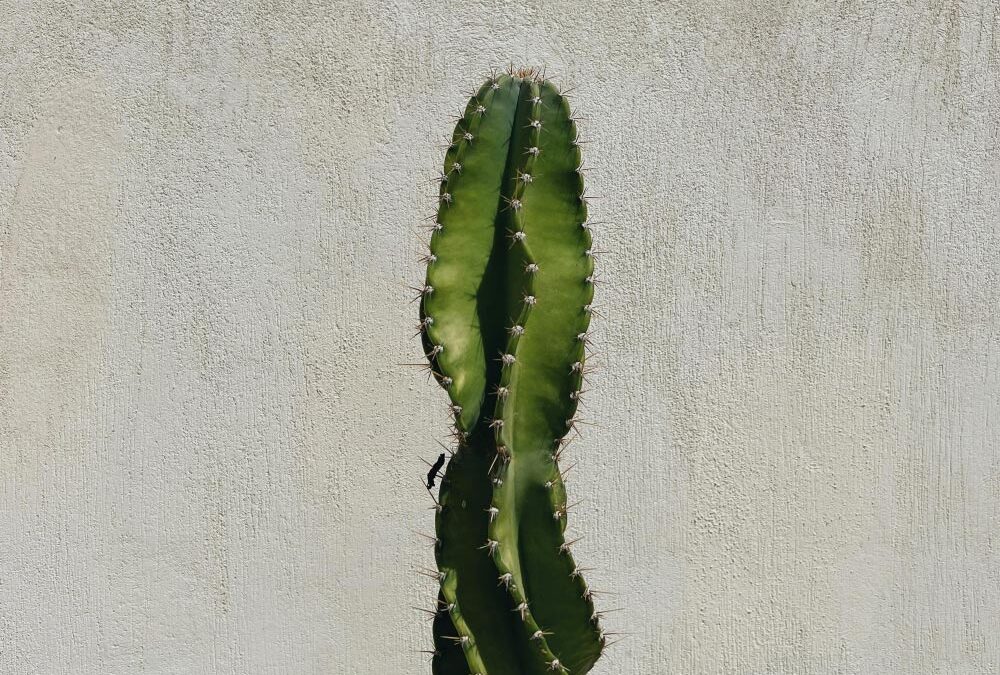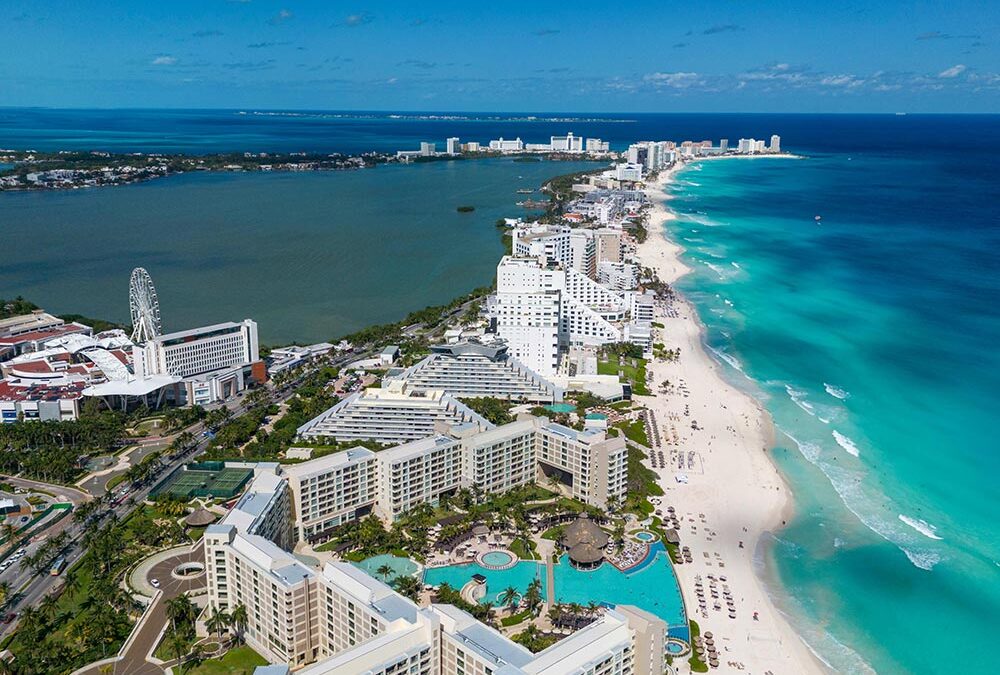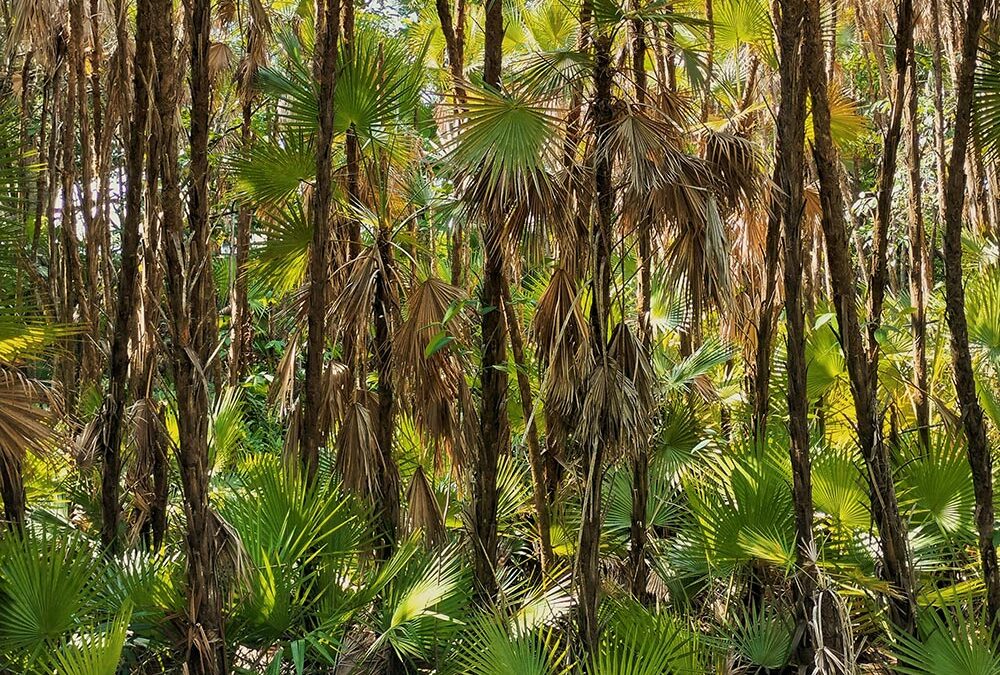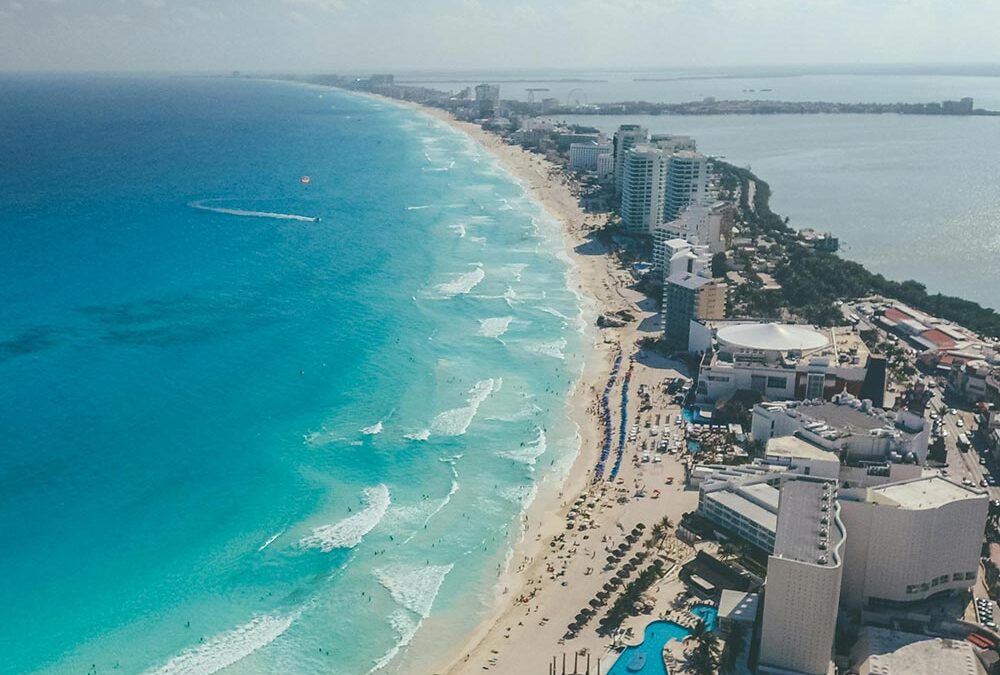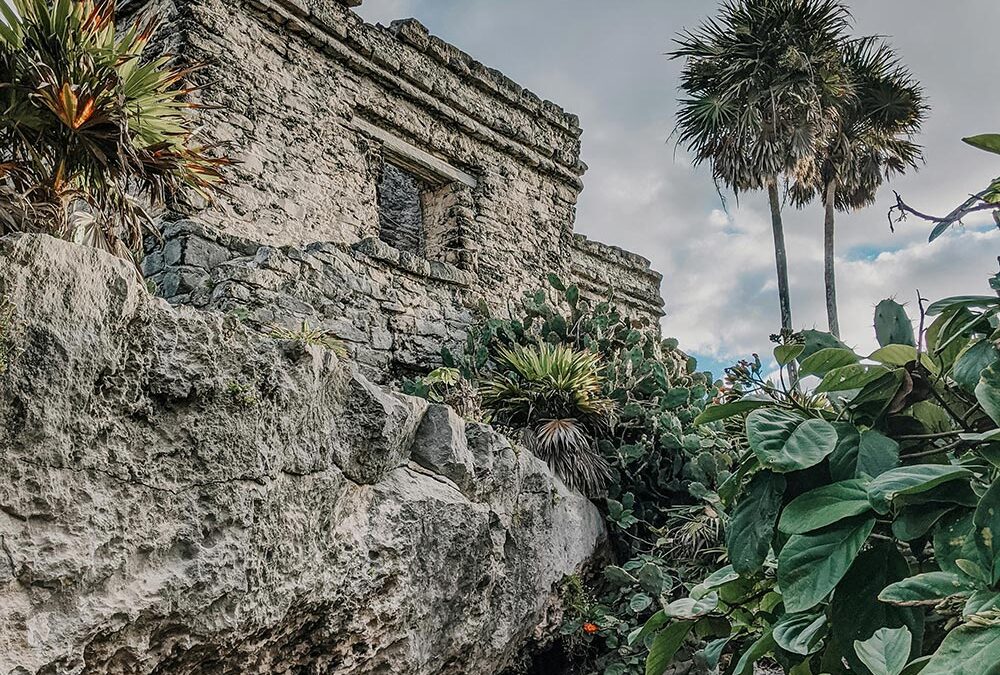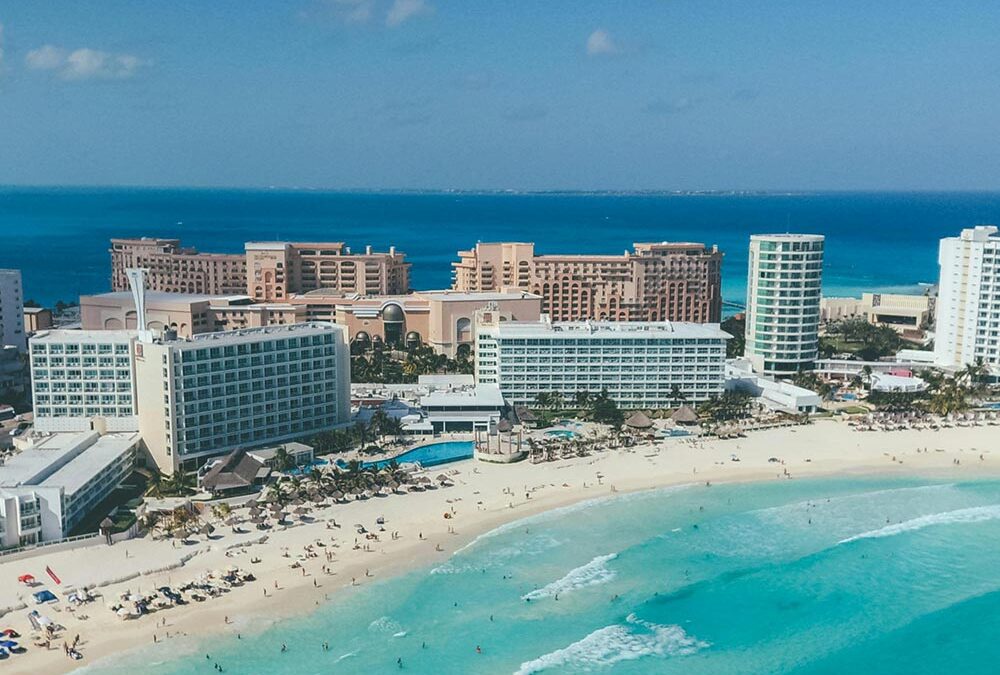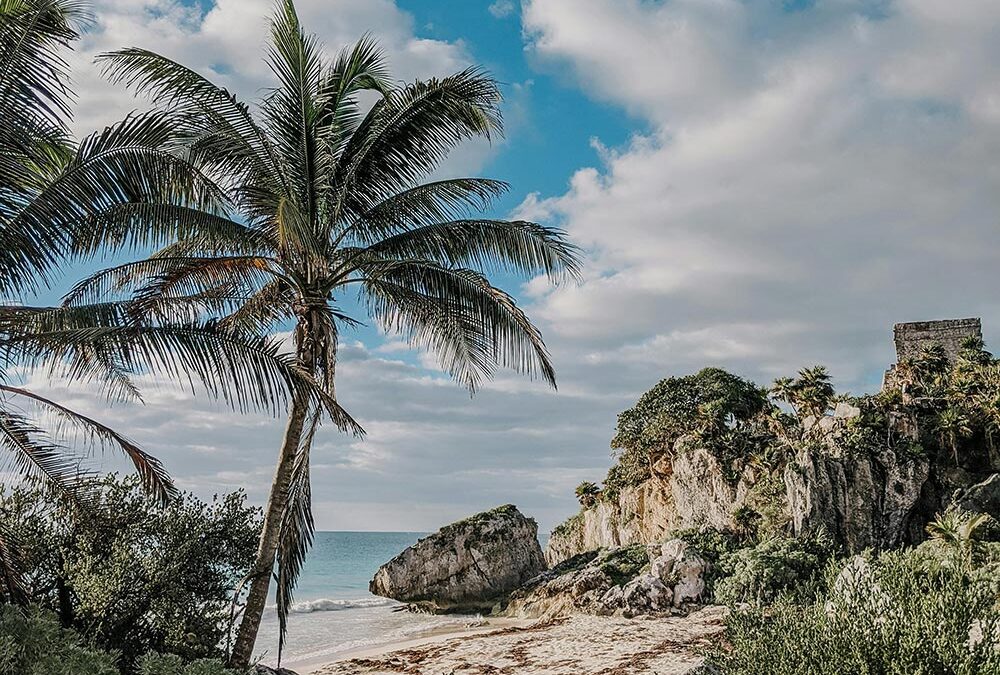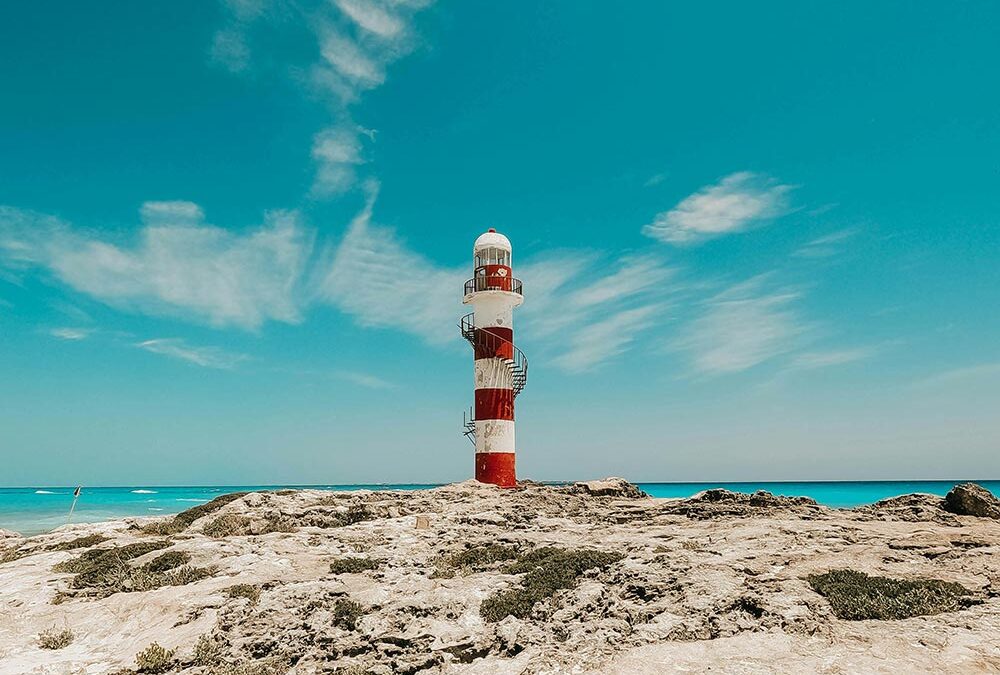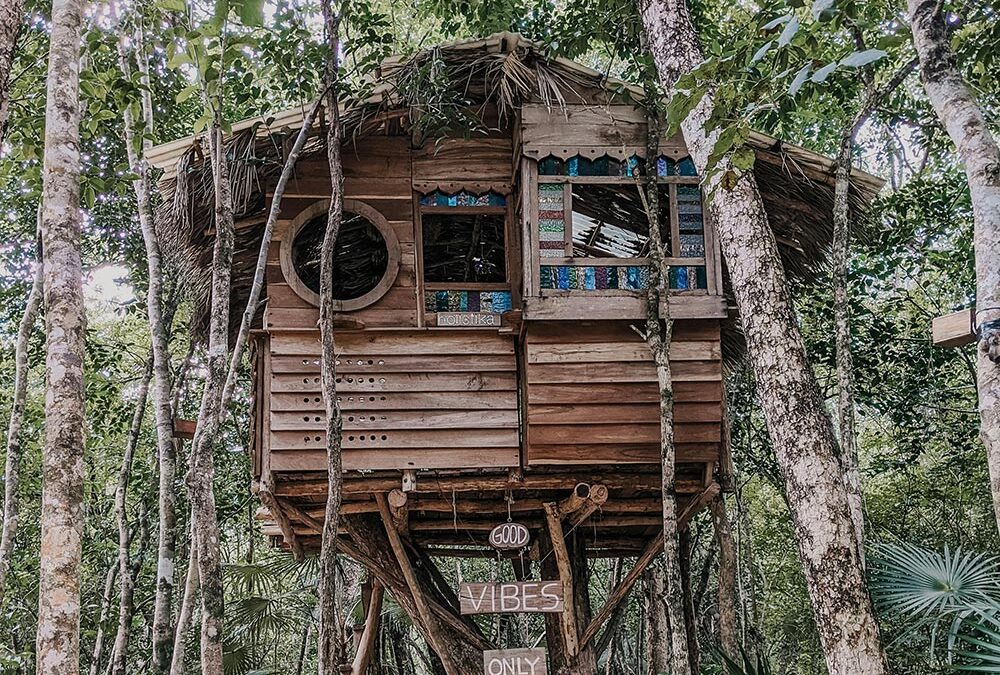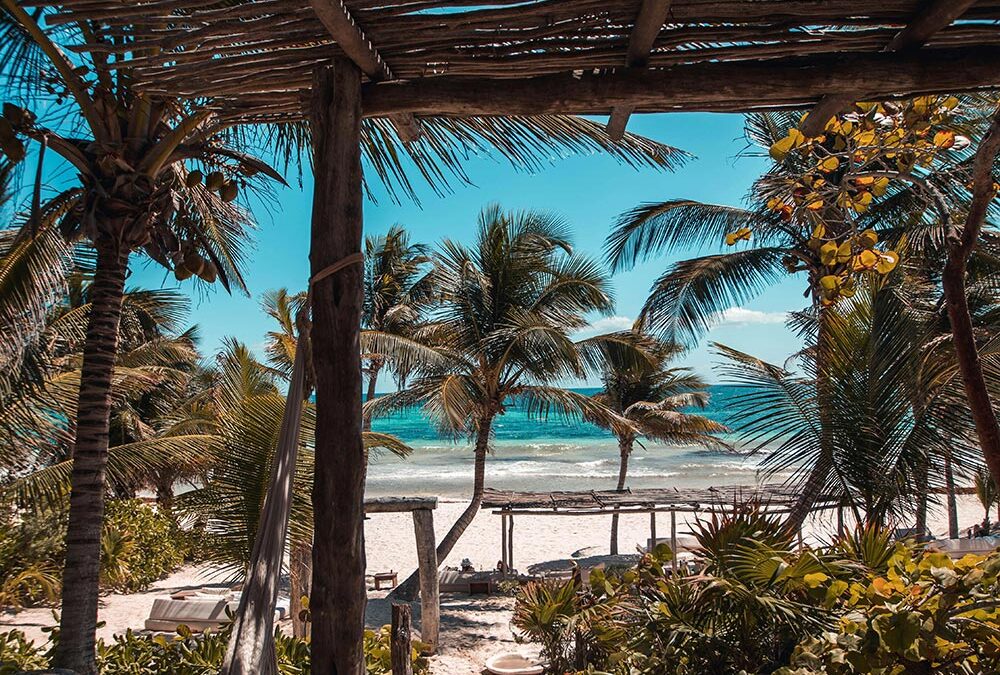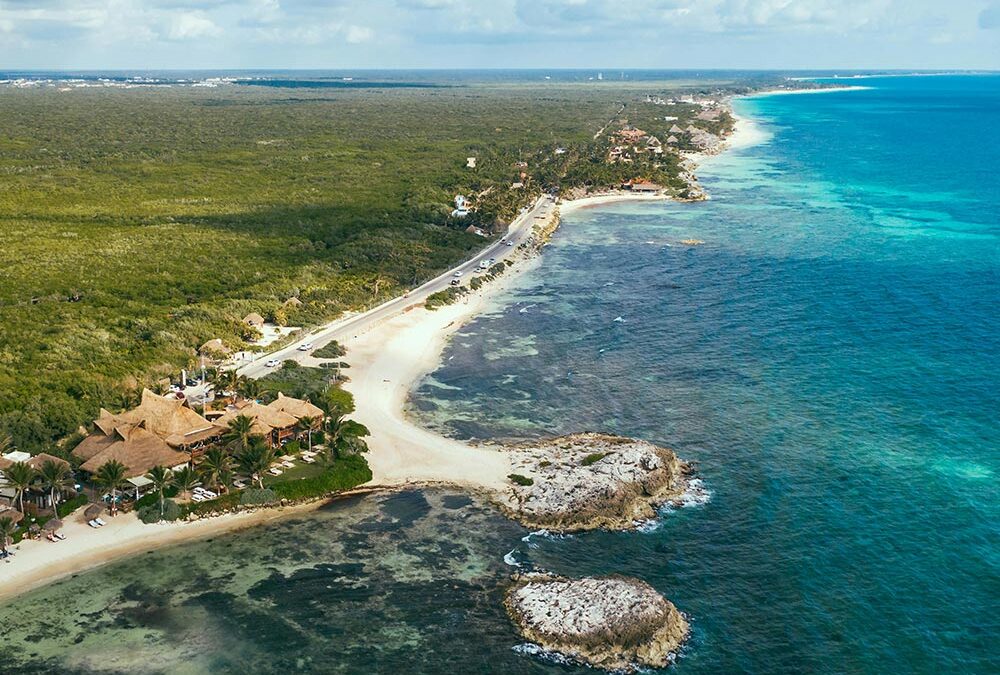For centuries, gold has been admired as a symbol of wealth and security, consistently placed in portfolios as a hedge against economic uncertainty. Yet, in today’s evolving investment landscape, a new contender has emerged to rival gold’s reputation: Tulum real estate. Situated along Mexico’s picturesque Riviera Maya, Tulum is more than just a tourist haven; it has become a robust investment market where properties offer both solid appreciation potential and ongoing rental income—features that gold cannot provide. While gold typically sits idle in a vault, awaiting price fluctuations that determine its worth, Tulum real estate grows in value through tangible, real-world demand from tourists and residents alike.
In this comprehensive guide, we compare Tulum real estate to gold investments, demonstrating why many investors now regard Tulum property ownership as an even safer and more rewarding choice. We will delve into market fundamentals, outline crucial data on rental yields and appreciation rates, and highlight the unique elements that make Tulum real estate shine as an asset. From comparing ROI potential to unveiling strategies for financing, we’ll provide a roadmap on how to position Tulum properties in your portfolio for optimal gains.
Whether you’re someone who’s relied on gold’s steady track record or simply seeking an alternative to volatile markets, Tulum real estate presents a compelling argument for higher returns and a stable, income-producing investment. This article will offer a detailed exploration of why Tulum properties can serve as the “new gold,” delivering both immediate cash flow and long-term wealth generation—something most precious metals cannot match.
Index of Content
- Tulum Market Overview: Setting the Stage
- Gold vs. Real Estate: Key Differences
- How Tulum Properties Deliver Income & Appreciation
- Financing Strategies & ROI Projections
- Risk Reduction & Market Resilience
- Conclusion
- Case Study
- FAQs
Tulum Market Overview: Setting the Stage
A Fast-Rising Destination
Once an off-the-radar retreat for backpackers, Tulum has evolved into an international vacation hotspot and eco-luxury destination. Tourists flock to experience the town’s unspoiled beaches, Mayan ruins, and a rapidly growing gastronomy scene. According to recent tourism statistics, Tulum attracts a double-digit percentage increase in visitor arrivals each year—an upward trajectory that has translated directly into increased property demand.
Investors seeking a stable asset have noticed Tulum’s real estate potential, bolstered by the region’s emphasis on sustainability and low-density developments. Unlike crowded city markets, Tulum preserves its natural allure, and local regulations often limit how much construction can take place near the protected shoreline. This scarcity effect means high demand will likely continue outpacing supply, thus elevating property values and securing steady rental rates for owners.
- Focus on eco-friendly developments in prime areas that appeal to Tulum’s environment-conscious crowd.
Infrastructure and Growth Drivers
The Mexican government’s commitment to infrastructure enhancements plays a pivotal role in Tulum’s growth story. One of the most anticipated projects is the upcoming Tulum International Airport, which will offer easier access for global travelers, boosting tourism and year-round property rentals. Additionally, the ongoing Maya Train project aims to connect multiple hotspots in the Yucatán Peninsula, further enhancing regional mobility.
Beyond tourism, Tulum’s broader real estate market benefits from a flourishing expat community and remote workers. This shift to more flexible lifestyles has created consistent, mid-term rental demand, often providing property owners with occupancy rates above 70% even during off-peak seasons. Combined, these factors form an ideal environment for robust property values and dependable rental income, characteristics that make Tulum attractive to both conservative and growth-oriented investors.
Gold vs. Real Estate: Key Differences
Passive Storage vs. Income Generation
Gold is traditionally perceived as a safe haven, prized for its stability and ability to preserve wealth during market turbulence. However, gold does not generate ongoing returns. Whether held in coins, bars, or exchange-traded funds (ETFs), gold sits passively, its value tied predominantly to market sentiment and global economic cues. When prices stagnate, investors see zero yield—an opportunity cost that can become significant over time.
In contrast, Tulum real estate presents a dynamic, dual-pronged investment: you can earn immediate rental income while also capitalizing on appreciation. Tulum’s average rental yields can range from 5% to 10% for well-located properties, outperforming many dividend stocks and certainly surpassing gold’s lack of cash flow. Moreover, you retain the property’s intrinsic, tangible value—akin to gold’s physical presence but with additional income potential.
Market Fluctuations and Tangible Value
Gold prices can spike during geopolitical crises or economic downturns, yet they are also vulnerable to substantial drops when investor sentiment changes. Real estate, especially in a tourism hotspot, tends to exhibit more predictable long-term growth. While market slumps can affect property prices, owners can leverage rental income to offset short-term dips, a cushion not available to gold holders.
- Reinvest property income in upgrades to enhance rental rates and drive appreciation over time.
Another critical distinction is tangibility. Gold is a durable store of value, but it cannot produce an essential service like accommodation. Tulum properties, on the other hand, fulfill a daily need—housing and short-term lodging—anchoring their worth in real-world demand rather than in speculative market swings. This synergy of function and value positions Tulum real estate as a more stable long-term asset than gold’s intrinsically passive role.
How Tulum Properties Deliver Income & Appreciation
Rental Yields and Seasonal Variations
Tulum’s rental market is propelled primarily by tourism, which peaks in December through April and during summer months. During these periods, nightly rates can surge to $200–$500, depending on a property’s proximity to beaches, eco-friendly features, and architectural design. Even during the off-season, many owners secure 60% to 70% occupancy, driven by digital nomads and long-term vacationers seeking tranquil escapes.
This translates into an annual net rental yield of around 5% to 10% for properties purchased at market rates. Pre-construction deals or below-market acquisitions can see these yields climb even higher. By contrast, gold prices do not generate such periodic gains; owners must rely solely on capital appreciation, which is inherently more volatile and cyclical.
Capital Growth through Tulum’s Brand Appeal
“Tulum” has evolved into a powerful global brand, synonymous with sustainability, bohemian luxury, and cultural richness. A property in a place that continues to ascend as a high-end travel destination commands strong resale value. Data indicates that prime-location condos in Tulum have historically appreciated by 8% to 15% annually, surpassing many other real estate markets in Mexico and outpacing typical gold price increases over prolonged stretches.
- Invest early in up-and-coming Tulum neighborhoods to secure properties at lower prices before infrastructure projects boost their value.
Furthermore, Tulum’s controlled development pace ensures the region doesn’t lose its charm or face an oversupply crisis. The blend of controlled growth and high demand fosters a resilient market. Should an owner decide to exit, the property’s brand-driven appreciation often yields capital gains that dwarf the benefits of simply holding onto gold bars during the same timeframe.
Financing Strategies & ROI Projections
Pre-Construction and Developer Financing
One distinct advantage of investing in Tulum real estate is the prevalence of pre-construction deals. In these agreements, developers offer units at discounted prices, requiring staggered payments throughout the building phase. Down payments can be as low as 30% to 40%, with the remaining balance due upon completion. Some developers also provide financing options with low or zero interest during construction, reducing immediate cash outlay and substantially increasing return on equity.
ROI from pre-construction can exceed 20% to 30% once the development is completed, as properties typically appraise higher than the original pre-sale price. Moreover, you can start renting out your unit immediately after delivery, adding another layer of returns to the potential capital gains. In comparison, any gold purchase requires full upfront capital, tying up funds without generating parallel income streams.
Leveraging Mortgages for Higher Returns
Securing a mortgage in Mexico, or through international lenders, is another viable strategy for Tulum investment, especially for foreign buyers. Interest rates can hover between 5% and 9%, depending on your financial profile and the length of the loan. By leveraging financing, investors can spread their resources across multiple properties, each generating rental and appreciation benefits. This approach magnifies ROI, provided the net rental income consistently surpasses mortgage payments and related expenses.
- Consult qualified real estate attorneys and mortgage brokers to ensure compliance with local regulations and optimal financing terms.
In comparison, gold investors rarely have access to such leveraged methods. While some platforms allow margin trading on gold ETFs, the heightened risk and potential for margin calls can abruptly erode gains. Tulum real estate’s leverage, anchored by tangible property collateral, offers a more balanced risk-reward profile that accommodates both new and experienced investors.
Risk Reduction & Market Resilience
Insulation from Global Economic Swings
Gold prices often surge during global crises or when inflation looms, but they remain susceptible to drastic declines when investor sentiment pivots. Tulum’s real estate market, on the other hand, is driven by consistent local factors: robust tourism, eco-conscious branding, and limited land availability. As a result, Tulum properties typically endure macroeconomic upheavals with greater stability, continuing to attract renters seeking exotic getaways or long-term relocations.
Even during economic slowdowns, Tulum’s unique blend of natural beauty and tourism brand identity has allowed it to recover faster than many larger, more commercialized markets. Owners who experience a dip in short-term tourist bookings can pivot to medium-term leases for digital nomads or retirees, diversifying income streams and mitigating risk. This resilience stands in stark contrast to gold, which sees value fluctuate purely on changing market sentiments.
Legal Protections and Diversification
Foreigners can legally own property in Tulum by using a bank trust (known as a fideicomiso) in Mexico’s restricted coastal zones. This structure grants full ownership rights and is supervised by established Mexican banking institutions, adding a layer of security to your asset. Moreover, multiple property ownership models—condos, villas, or even small-scale commercial units—offer diversification opportunities within Tulum itself.
Diversification is key to risk management: while gold is a single-asset bet, Tulum real estate allows investors to spread capital across different neighborhoods, property types, or rental strategies (short-term vacation stays versus long-term leases). This “portfolio within a portfolio” enhances stability and ensures that localized downturns or seasonal slumps don’t derail overall returns—a benefit gold ownership simply doesn’t provide.
- Maintain a mix of short-term and long-term rental options to safeguard against market seasonality or temporary dips in tourism.
Conclusion
Gold may have symbolized unwavering value for centuries, but Tulum real estate has asserted itself as a modern-day alternative that offers both preservation of capital and continuous growth. Where gold’s allure is its ability to retain value during turbulent times, Tulum properties go a step further by actively generating rental income and benefiting from steady appreciation driven by high tourism demand and selective development policies.
Whether you’re a traditional investor who has historically leaned on gold as a safe haven or someone just starting out, Tulum real estate deserves serious consideration as an asset that can hedge against economic uncertainties and deliver tangible, stable returns. From flexible financing structures to resilient rental markets, Tulum provides all the hallmarks of a “new gold”—an enduring store of wealth augmented by practical and profitable use. Amid shifting global financial climates, the ability to hold a physical property, receive ongoing income, and capitalize on brand-driven capital appreciation is an unmatched advantage over passive commodities like gold.
By taking the time to research reputable developers, secure appropriate legal frameworks, and employ a strategic mix of financing and rental approaches, investors can unlock the full potential of Tulum’s real estate market. Ultimately, Tulum’s unique blend of eco-luxury appeal, limited supply, and robust tourism not only safeguards your wealth but fosters continuous growth, making it a standout choice in today’s diverse investment landscape.
Case Study: Transforming a Gold Portfolio into Tulum Property
Eva, a 55-year-old businesswoman from Spain, held a significant portion of her savings in gold as a buffer against stock market volatility. While her gold holdings had preserved value over the years, the lack of yield prompted her to explore other options. After witnessing Tulum’s buzz on social media and travel blogs, she decided to liquidate a portion of her gold assets—worth approximately $220,000—and reinvest in a pre-construction condo located in Aldea Zamá.
The developer offered a payment plan requiring 40% down during the initial phase and the remaining amount upon project completion. One year later, the property’s market value had increased by nearly 25%, outpacing gold’s modest gains in that same period. Eva then listed the condo on short-term rental platforms, achieving a 72% annual occupancy rate and a net rental yield of 7% after expenses. This reliable cash flow not only covered her ongoing mortgage payments but also provided surplus income. Compared to her gold investment, which produced zero monthly yield and depended purely on price fluctuations, Eva found greater satisfaction and financial reward in her Tulum property. She now plans to diversify further, acquiring a second condo in another emerging Tulum neighborhood.
FAQs
1. Can Tulum property really outperform gold in the long run?
While gold can hold or increase in value, it doesn’t generate rental income. Tulum real estate provides consistent cash flow alongside capital appreciation, which can lead to higher overall returns, especially over several years.
2. Is it complicated for foreigners to buy property in Tulum?
Foreigners can legally own coastal properties through a bank trust (fideicomiso), which is straightforward with the help of a bilingual lawyer and reputable real estate agent. This structure ensures secure ownership and compliance with Mexican regulations.
3. How does Tulum’s tourism affect property rentals?
Tulum’s rising popularity as an eco-luxury and cultural destination translates into strong demand for vacation rentals, driving occupancy rates of 60–80% in prime locations. This steady flow can significantly boost rental income.
4. What kind of ROI can I expect from Tulum real estate?
Net rental yields often range from 5–10%, with property appreciation historically landing between 8–15% annually in prime neighborhoods. Pre-construction investments can see even greater returns once the project completes.
5. How does Tulum real estate handle market downturns?
Tulum’s brand appeal and limited land supply cushion property values even during broader economic slowdowns. Owners can pivot between short- and long-term rentals, maintaining cash flow and reducing the impact of temporary market dips.
